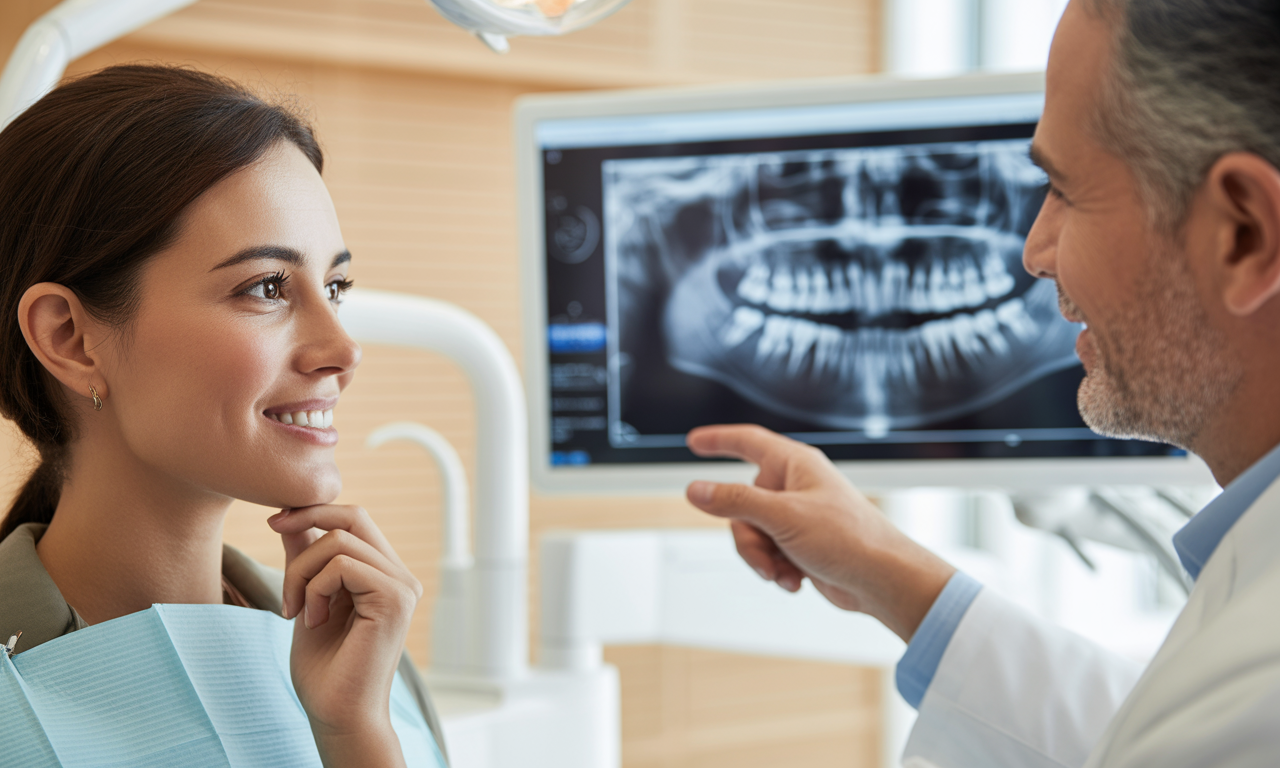
If your jaw clicks, pops, or locks when you yawn or chew, you’re not alone. These symptoms often point to a jaw-related issue—but what exactly is it? Many patients confuse TMJ and TMD, using the terms interchangeably. While they’re closely related, they aren’t the same. Understanding the difference is the first step toward getting effective relief.
TLDR: Quick Guide
- TMJ stands for temporomandibular joint—it’s the jaw joint itself.
- TMD refers to temporomandibular disorders—conditions affecting that joint.
- Common symptoms include jaw pain, clicking, limited movement, and headaches.
- TMD can be caused by stress, misalignment, bruxism, or trauma.
- Early diagnosis and treatment can prevent worsening symptoms.
What Is TMJ?
TMJ stands for the temporomandibular joint, which connects your jaw to the temporal bones of your skull. You have one on each side of your face, allowing your jaw to move up and down, side to side, and forward and back. This joint plays a critical role in daily activities like talking, chewing, and yawning.
What Is TMD?
TMD stands for temporomandibular disorders—a broad term that covers any dysfunction, pain, or misalignment involving the TMJ or the muscles around it. So, while TMJ refers to the anatomical structure, TMD refers to the medical issues that can arise with it.
Symptoms That May Indicate TMD
While not everyone with a popping jaw has TMD, here are some common warning signs:
- Pain or tenderness in your jaw, especially near the ears
- Clicking, popping, or grinding sounds during jaw movement
- Difficulty opening or closing your mouth fully
- Locking of the jaw
- Headaches, earaches, or facial pain
- A change in your bite or the way your teeth come together
These symptoms may come and go or gradually worsen over time.
Causes of TMD
TMD can stem from several factors, often acting together:
- Bruxism (teeth grinding or clenching), often during sleep
- Trauma or injury to the jaw
- Arthritis affecting the joint
- Jaw misalignment or bite issues
- Chronic stress, which can lead to constant muscle tension
Understanding the root cause is critical for effective treatment.
Treatment Options for TMD
There’s no one-size-fits-all solution, but many patients find relief through non-invasive methods:
- Custom night guards to prevent grinding
- Physical therapy and jaw exercises to relieve tension
- Stress management techniques
- Anti-inflammatory medication to reduce pain
- In more severe cases, botox injections or surgical options may be considered
It’s important to seek care early. Delaying treatment may lead to chronic pain or permanent joint damage.
Key Takeaways
- TMJ is the joint; TMD refers to disorders affecting that joint.
- Jaw popping, pain, and limited movement are common TMD symptoms.
- Stress, grinding, and misalignment are leading causes of TMD.
- Early intervention can prevent long-term complications.
- Talk to your dentist if you’re experiencing symptoms—they can guide you to the right solution.
FAQs
Is jaw popping always a sign of TMD?
No, occasional popping without pain or dysfunction may not require treatment. But persistent or painful symptoms should be evaluated.
Can stress alone cause TMD?
Yes. Stress-related jaw clenching and muscle tension are major contributors to TMD.
Are TMD and TMJ treated differently?
Not exactly—TMJ is the joint, and TMD is the condition affecting it. Treatments target the underlying dysfunction, not the joint itself.
Can a dentist diagnose TMD?
Yes. Most dentists are trained to recognize and treat TMD or refer you to a specialist when necessary.
Will TMD go away on its own?
In some cases, yes. But if symptoms persist or worsen, professional evaluation and treatment are recommended.
